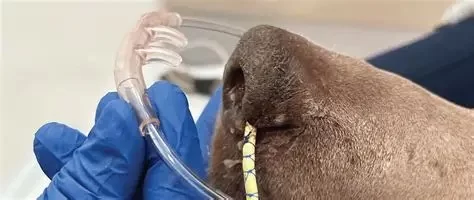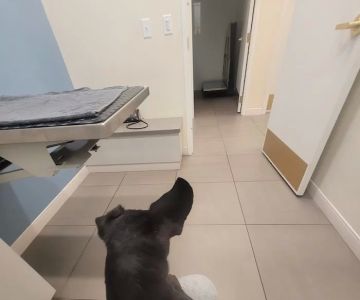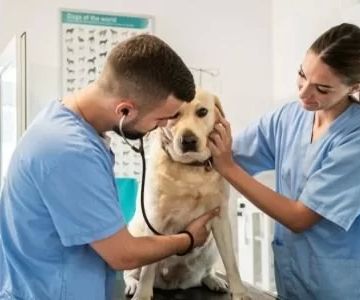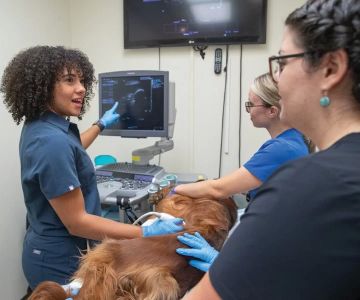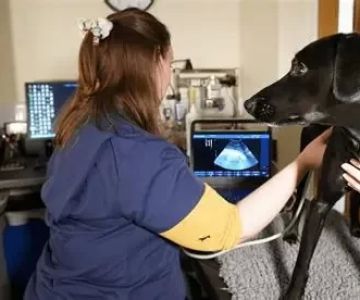- 1-Understanding-the-Basics-of-Veterinary-Ventilators
- 2-Preparation-and-Safety-Checks-Before-Use
- 3-Step-by-Step-Guide-on-How-to-Use-a-Veterinary-Ventilator
- 4-Case-Study-A-Successful-Ventilation-in-an-Animal-Patient
- 5-Where-to-Find-Quality-Veterinary-Ventilators-and-Support
1. Understanding the Basics of Veterinary Ventilators
Veterinary ventilators are critical devices that support animals experiencing respiratory distress or undergoing anesthesia. They assist or completely take over breathing, ensuring adequate oxygen delivery and carbon dioxide removal.
Familiarity with the types of ventilators, their components, and basic operation principles is essential before using one on an animal patient.
1.1 Types of Veterinary Ventilators
Common models include volume-controlled, pressure-controlled, and demand ventilators. Each has specific uses depending on the animal’s condition and the veterinary procedure.
2. Preparation and Safety Checks Before Use
Before using a veterinary ventilator, thorough preparation and safety checks are vital. Ensure the machine is clean, calibrated, and connected to a reliable power source.
Check all hoses, valves, and monitors for integrity, and verify alarm functions to detect issues during ventilation.
3. Step-by-Step Guide on How to Use a Veterinary Ventilator
Using a veterinary ventilator requires precise steps to tailor support to the animal’s needs:
3.1 Setting Initial Parameters
Input settings such as tidal volume, respiratory rate, and oxygen concentration based on the animal’s species, size, and condition.
3.2 Connecting the Animal Patient
Securely attach the endotracheal tube or mask to ensure airtight ventilation.
3.3 Monitoring and Adjusting
Continuously monitor vital signs and ventilator feedback. Adjust settings to maintain optimal blood oxygen and carbon dioxide levels.
4. Case Study: A Successful Ventilation in an Animal Patient
In a recent case, a dog undergoing complex surgery experienced respiratory failure. The veterinary team utilized a ventilator with careful parameter adjustments, stabilizing the patient and enabling a successful operation. This highlights the importance of knowing how to use a veterinary ventilator proficiently in critical care.
5. Where to Find Quality Veterinary Ventilators and Support
If you are looking to purchase or learn more about veterinary ventilators, trusted suppliers and expert advice are crucial. Senix Table offers a selection of reliable veterinary respiratory support equipment, paired with professional guidance to ensure you choose the best ventilator for your veterinary practice or animal care needs.
Investing in quality ventilators and training will enhance your ability to provide lifesaving respiratory support confidently and effectively.

